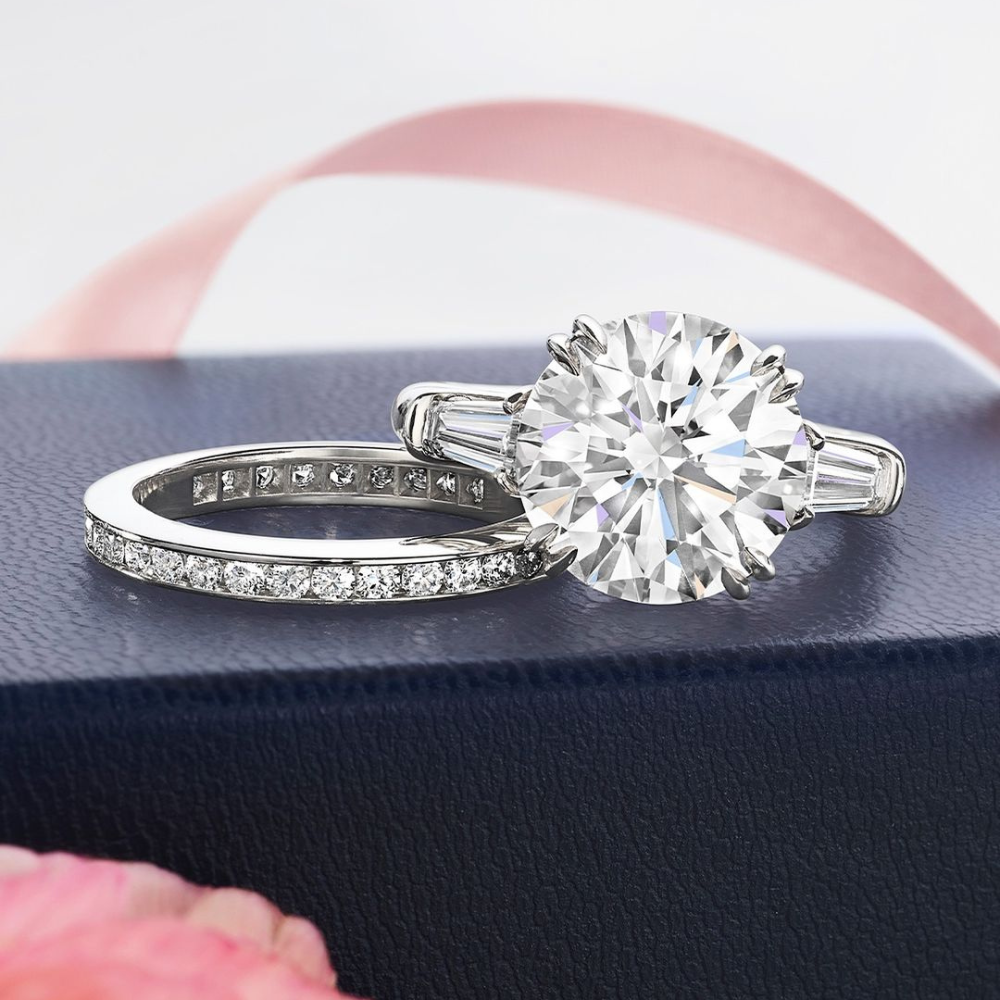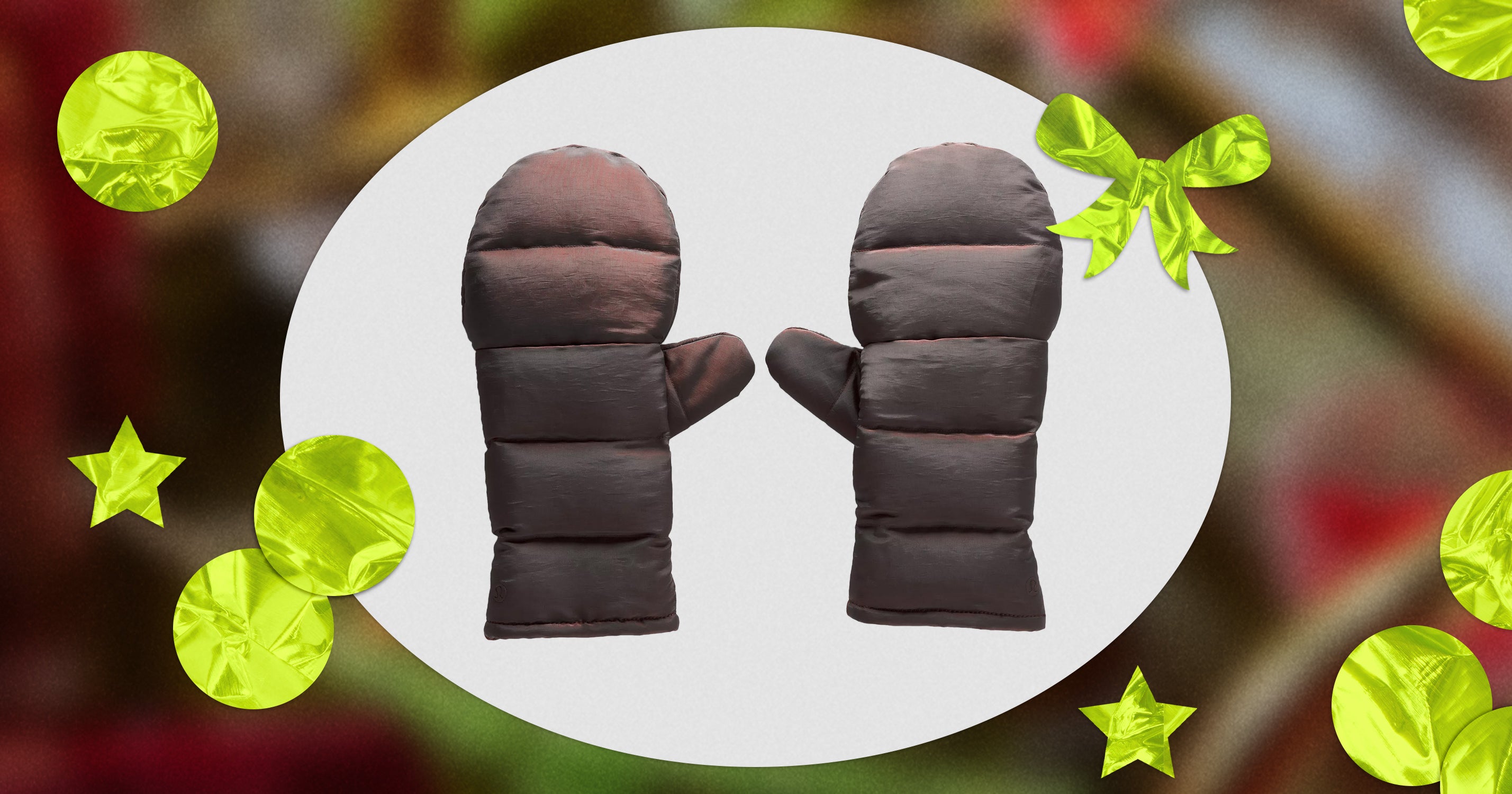Engagement and wedding rings are important symbols of commitment and union–testaments of love that have stood the test of time. Although they are both rings, they are distinctive in look and meaning. Wedding bands are often made of traditional metals like gold or platinum, while engagement rings can feature a variety of metals, including white gold, rose gold, or even silver.
What is an engagement ring?
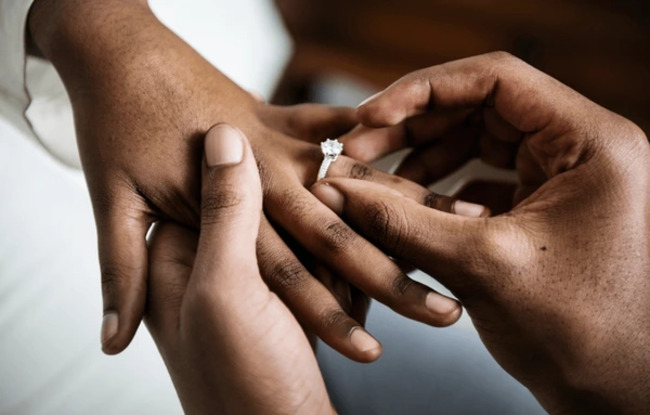
The engagement ring, which is given before wedding bands are exchanged, holds a special place in the wedding ritual. It symbolizes the promise of a future marriage and marks the beginning of a sacred commitment between two people who love each other. It’s more than just a piece of jewelry; it’s a tale of love and eternal commitment, a precious memento of this unique stage in a couple’s life.
The tradition of the proposal, with the kneeling and presentation of a magnificent engagement ring, is universally known. Every second seems like an eternity as (traditionally) the man waits for the long-awaited answer, and the woman glees as the ring graces her finger. Acceptance of the ring seals the commitment and paves the way for marriage. The proposal (the presentation of the engagement ring) is a precious moment for the engaged couple. Here, love, the sacred sentiment that stirs the heart, finds its noblest expression, therefore, choosing a quality engagement ring is essential to ensure this moment is perfect.
Shop editor’s choice
What is a wedding ring?
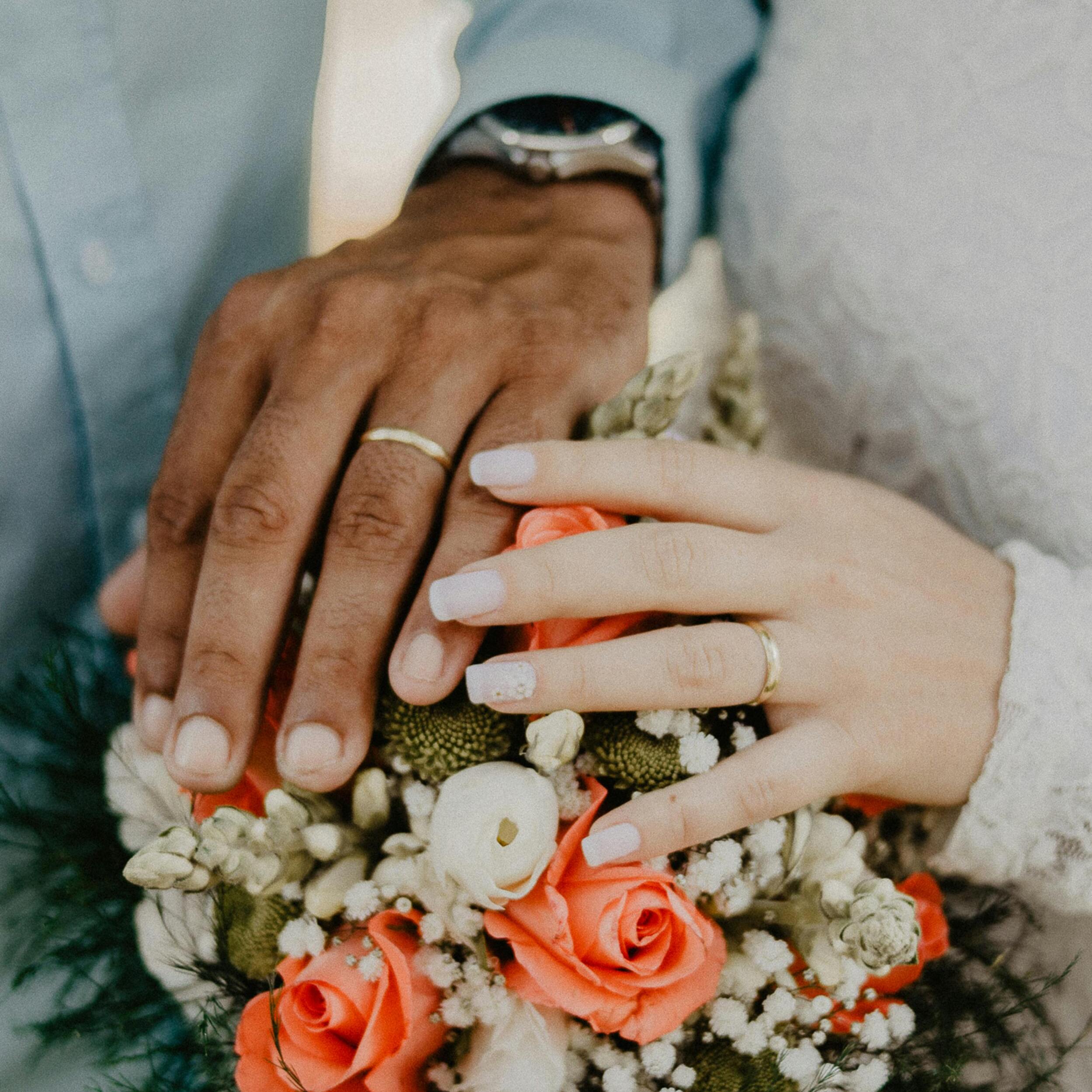
The precious and symbolic wedding ring plays a central role in the wedding ritual, representing the commitment and indissoluble union between two people. The wedding ring is not just a piece of jewelry but a tangible symbol of commitment, deep love, and the intimate bond between partners. Each ring bears a unique story, a testimony to the love shared between two souls. The exchange of these rings at the wedding ceremony is decisive, symbolically sealing promises of love and commitment for life.
The history of wedding rings goes back to ancient Egypt, where rings were exchanged on the wedding day as a pledge of eternal love. This tradition, steeped in history and romance, has spread worldwide, uniting hearts in a bond of everlasting love and fidelity. The ring’s circular shape, without a beginning or end, represents the perpetual commitment cycle. At the same time, its placement on the left ring finger is associated with the heart, expressing a deep emotional bond. This sacred ring is often seen as a symbol of protection, surrounding the heart with eternal love and unfailing fidelity.
Shop editor’s choice
Symbols of love
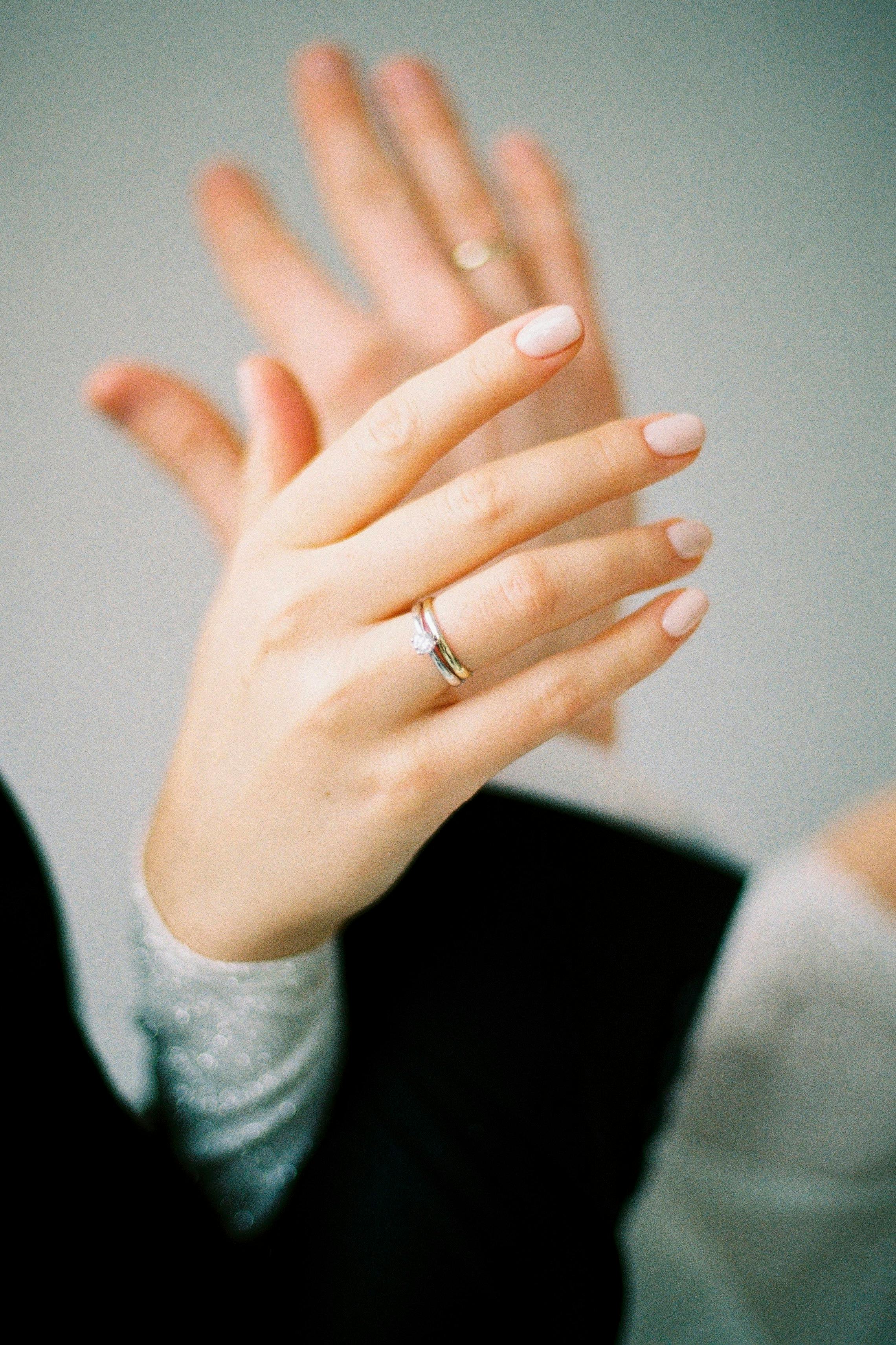
Although the wedding and engagement rings are two distinct pieces of jewelry, they share a profound symbolism of union and love. These two rings represent essential milestones in a couple’s life and have similar emotional meanings.
The engagement ring is offered as an emblem of the promise of a future marriage. It represents the mutual commitment of both partners to choose each other for life. On the other hand, the wedding ring is traditionally exchanged at the ceremony, symbolizing the solemn commitment and eternal union between two people. It is worn as a sign of love and fidelity throughout the couple’s life.
Whether a classic wedding ring, a diamond engagement ring, or a dazzling Moissanite ring, these jewelry pieces epitomize the deep love that unites two people. They testify to the intimate connection and shared affection between the engaged couple. Worn with pride, they remind each partner of the other’s unconditional love and support.
These rings represent the sacred commitment between two individuals who love each other and choose to build a future together. Whether exchanged at the time of the proposal or the wedding ceremony, they are moving witnesses to the eternal love that binds the hearts of the engaged couple.
Where to wear these two rings?
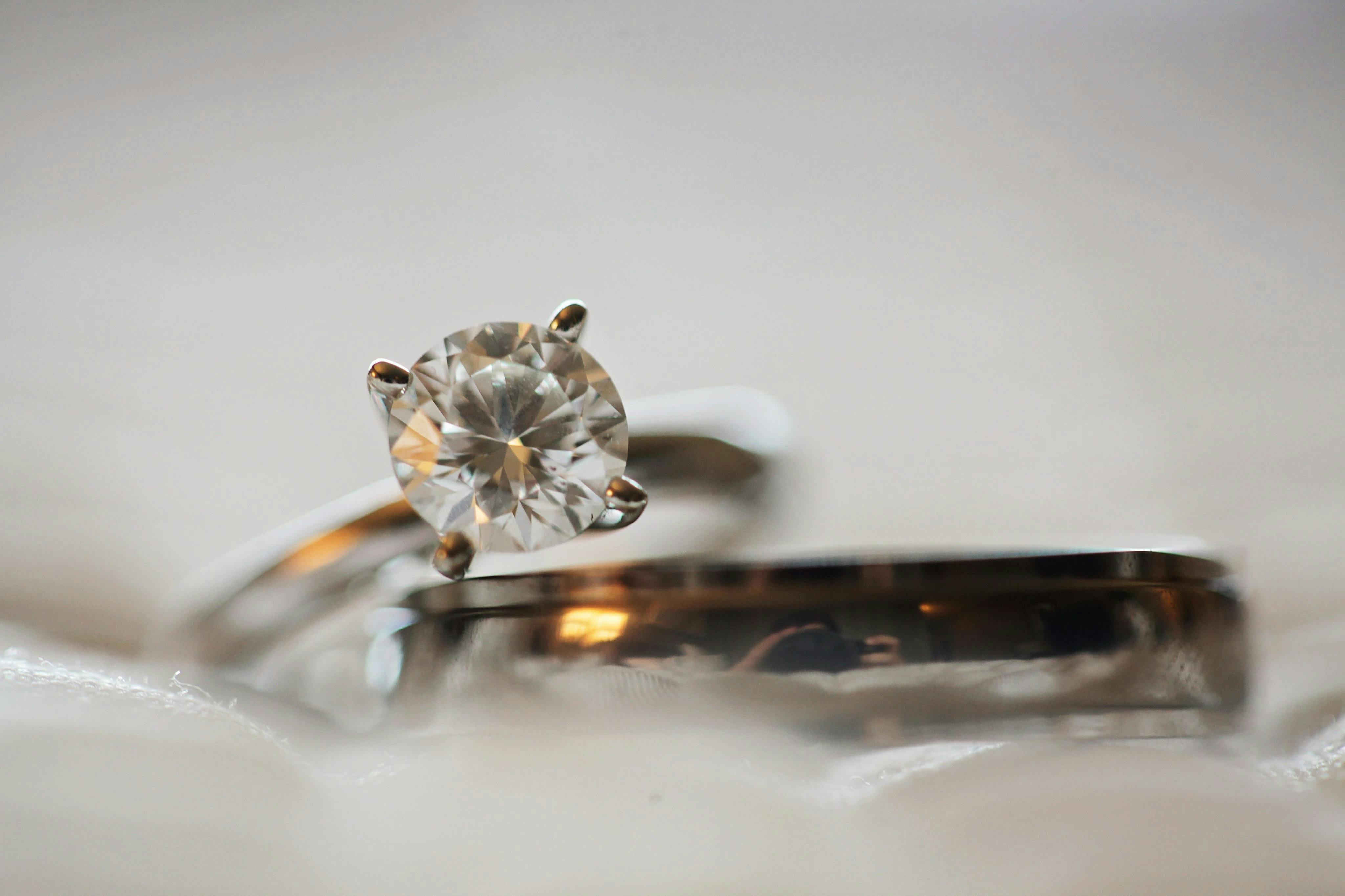
Traditionally, rings symbolizing union are usually worn on the left hand’s ring finger, with the wedding ring placed ‘closer to the heart’ than the engagement ring. However, these two jewels are often acquired separately, which can lead to a difference in style and size. Therefore, some prefer to wear the engagement ring on another finger for aesthetic or practical reasons.
Why the left ring finger?
Wearing a wedding or engagement ring on the ring finger of the left hand has its roots in the Roman belief in the “Vein of Love,” linking this finger directly to the heart. Interpretations of the fingers on which rings are worn vary according to culture and tradition. For example, the left ring finger is often associated with feelings and commitment, while the right hand is considered more rational. See different wearing options below:
- Wedding ring on top: This traditional arrangement may not suit all types of rings or fingers. Harmony of shape, color, and style is essential for a cohesive look.
- Engagement ring on top: Some people prefer this arrangement for aesthetic or sentimental reasons, believing that the wedding band, placed under the engagement ring, is closer to the heart.
- Wedding ring on the left ring finger and engagement ring on the other finger: Although tradition favors the left ring finger for the engagement ring, many women wear it on another finger, sometimes even on the right hand.
- The engagement ring on the left finger and wedding band on the other: This less conventional option may suit women with rings that don’t match aesthetically.
- Alternate between rings every day: Some people prefer to wear only one ring at a time, either for comfort or because their rings are precious and only worn on special occasions.
The choice of your engagement and wedding rings is a decisive one that will forever be etched in your memory. Because these rings are synonymous with eternal love and passion, it’s essential to avoid making a mistake–therefore, take the time to look for one you will love. These magnificent rings, even more beautiful when worn, eventually take the center frame in many wedding photoshoots to anchor this moment forever.
Featured image: @harrywinston/Instagram
For the latest in fashion, lifestyle, and culture, follow us on Instagram @StyleRave_
—Read Also









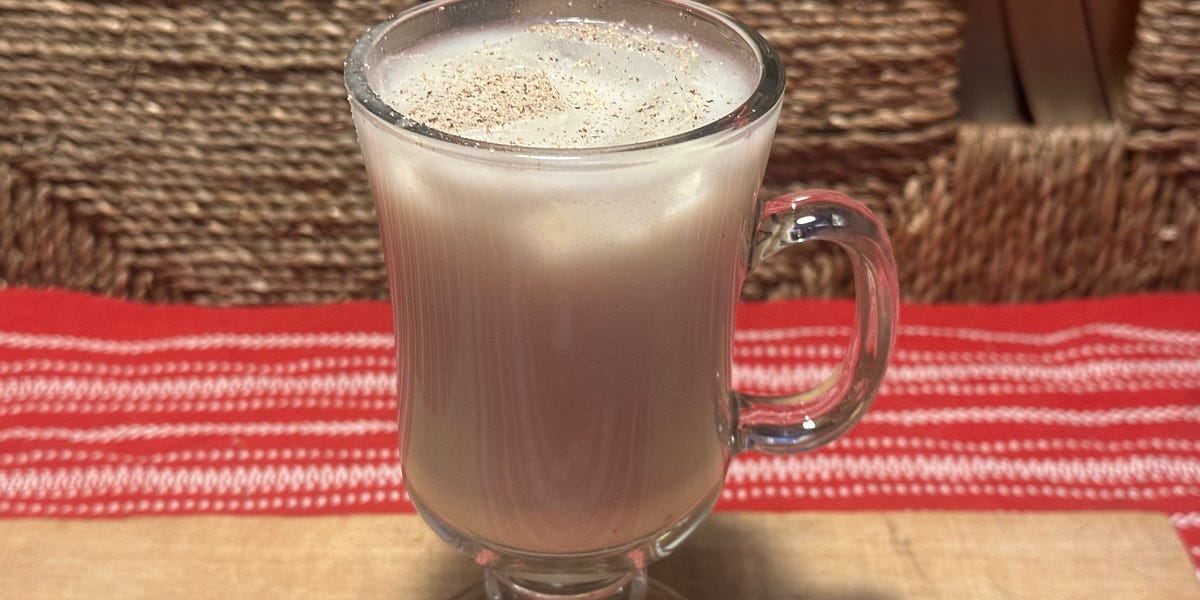

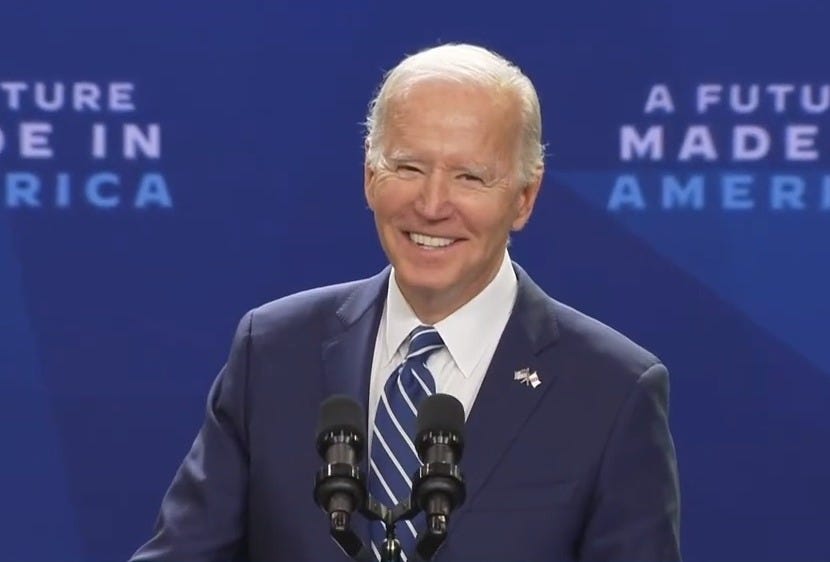







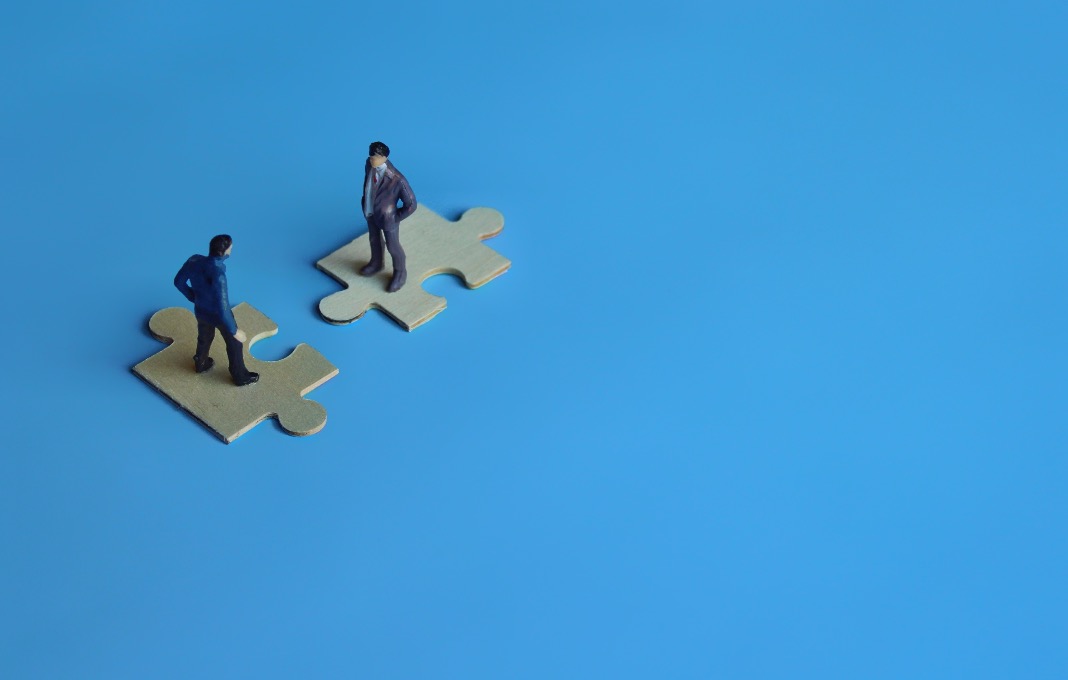






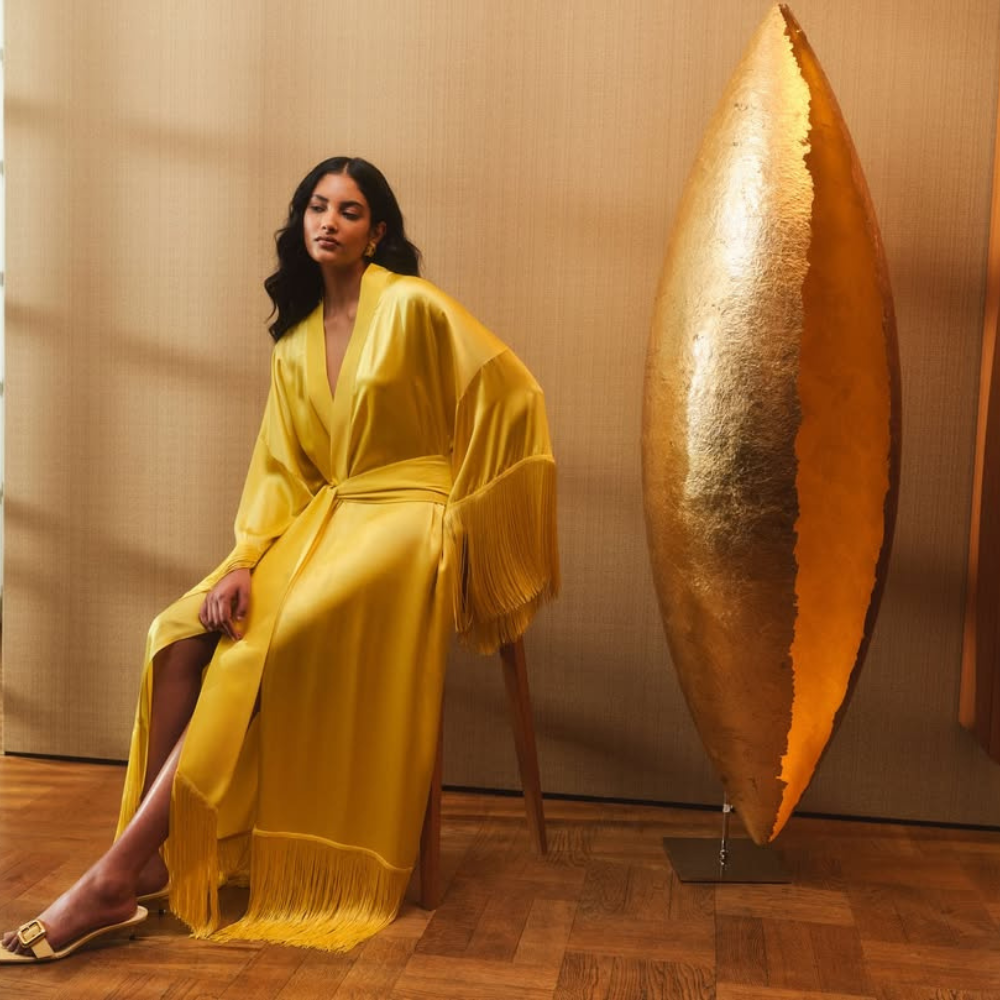
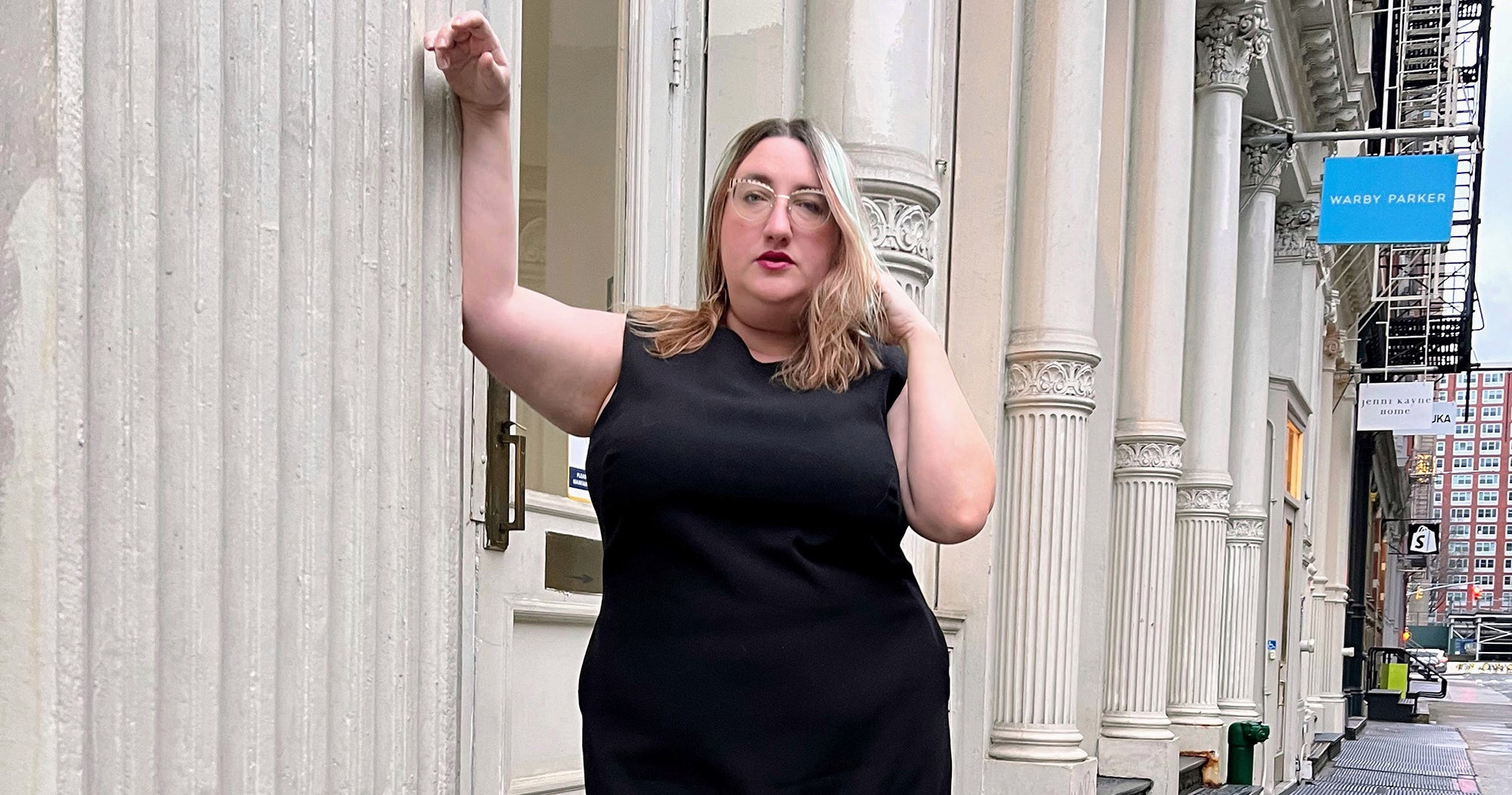
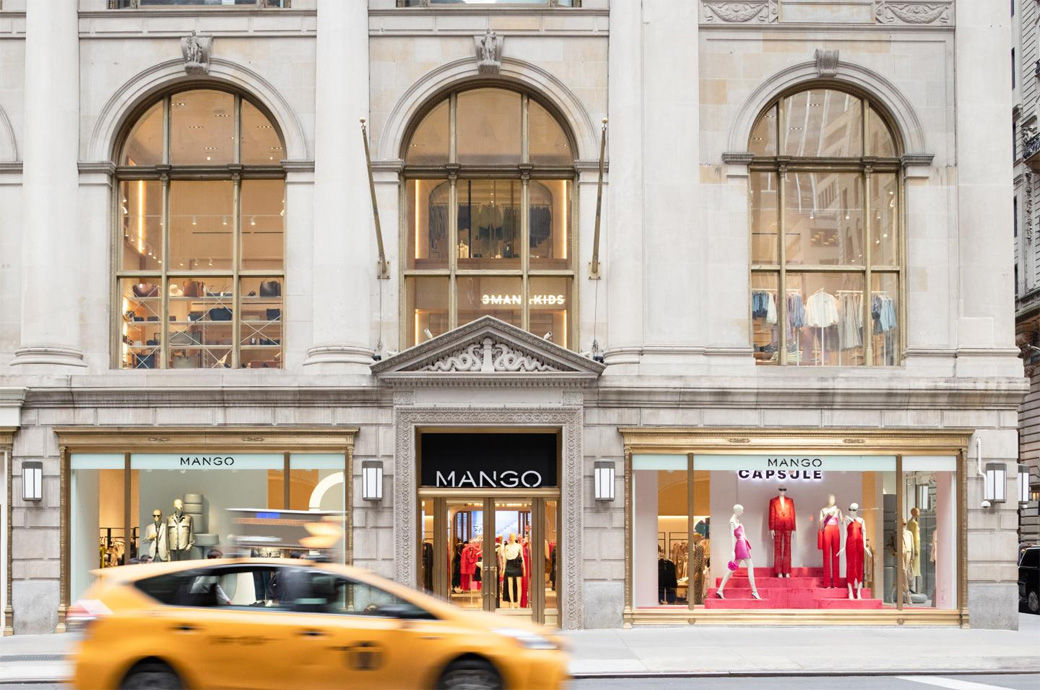


















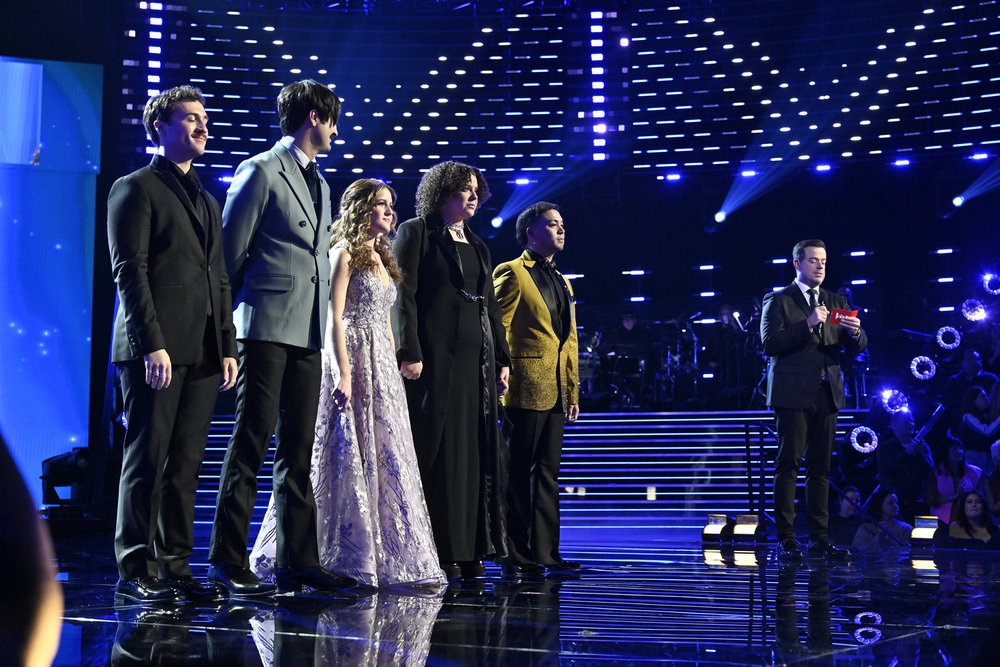





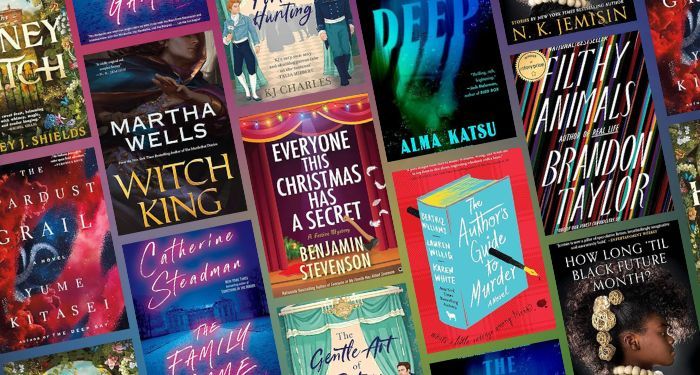

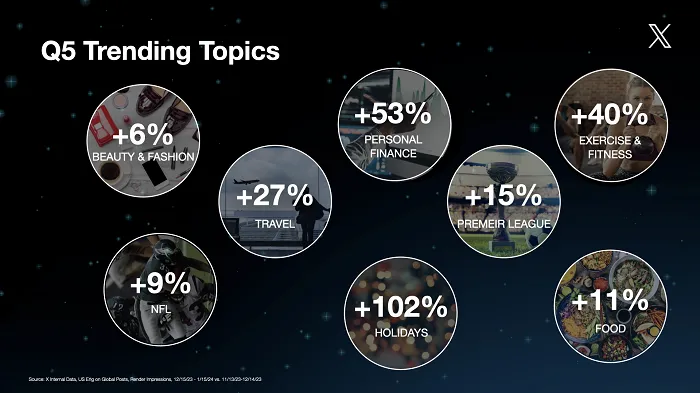



![LinkedIn Provides Tips on How to Promote Live Events [Infographic] LinkedIn Provides Tips on How to Promote Live Events [Infographic]](https://imgproxy.divecdn.com/kA4YczoBIs8NmPBiERWa-OxzvYMz5kwjjZ6wewP8z7c/g:ce/rs:fit:770:435/Z3M6Ly9kaXZlc2l0ZS1zdG9yYWdlL2RpdmVpbWFnZS9saW5rZWRpbl9ldmVudF9hZHNfaW5mb18yLnBuZw==.webp)
